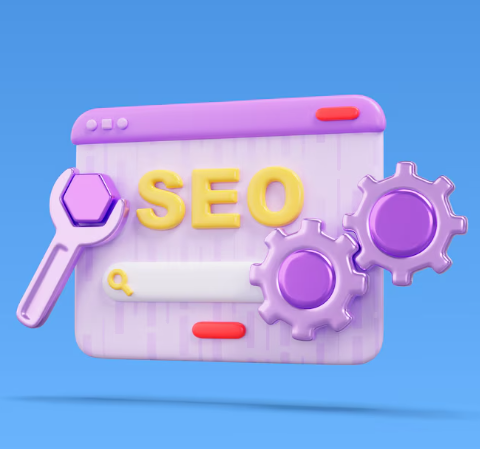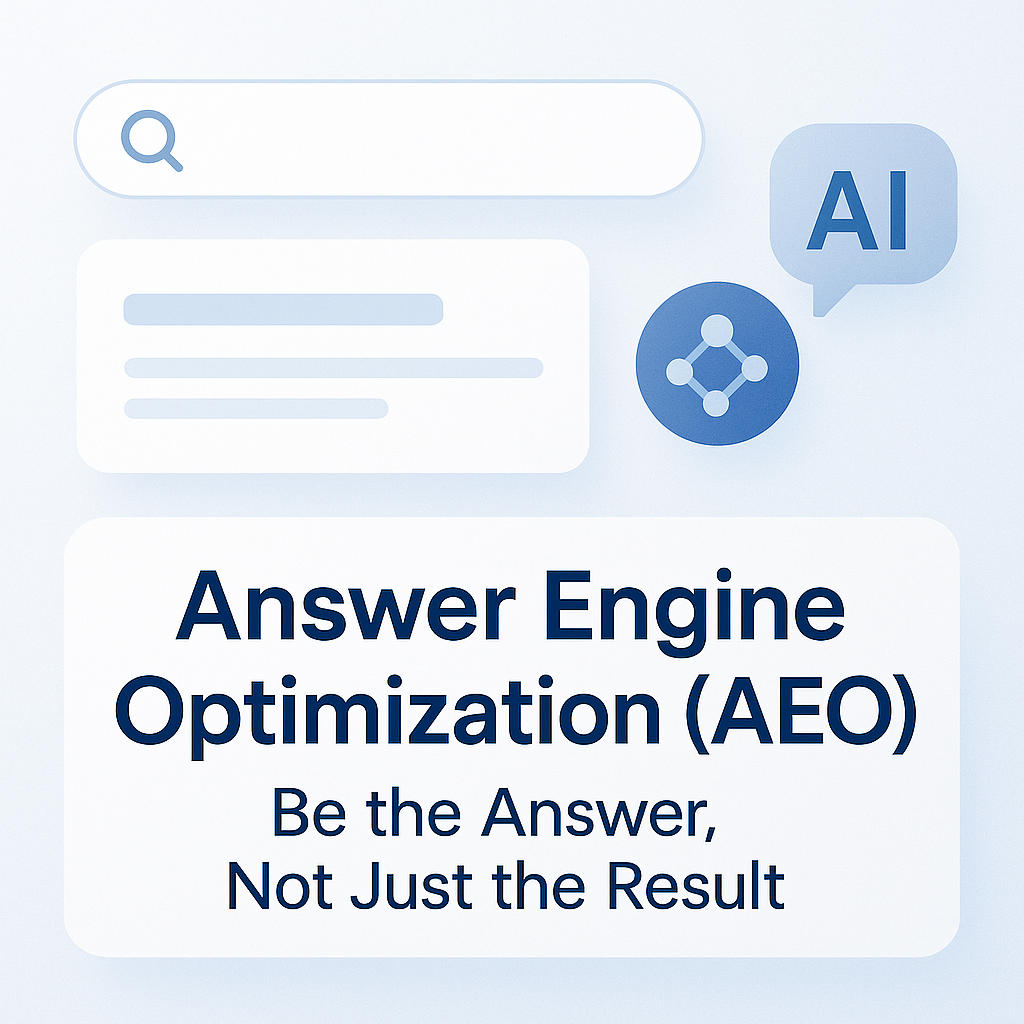As traditional search engine optimization, seo services continue to evolve, a revolutionary shift is underway: AEO — Answer Engine Optimization. With generative AI tools like ChatGPT, Google’s AI Overviews, and Perplexity becoming gateways to information, brands must optimize not only for search engines—but for AI-driven answer engines.
🔥 What's Driving the Shift?
AI chatbots increasingly behave like search engines—users receive direct answers instead of long lists of links. AEO focuses on positioning your brand as the trusted source behind those answers.
AEO prioritizes content structures that address multiple related questions in a single narrative—clear subheads, conversational tone, Q&A fragments, and structured data—rather than shallow keyword repetition.
Generative Engine Optimization (GEO) complements AEO by helping your content get cited by large language models through topical authority and metadata clarity.

How to Adapt SEO for AEO
1. Format content in a conversational Q&A style. Example: answer “What are the top chatbots for marketing?” clearly and directly.
2. Use structured data (FAQ, HowTo, Article schema) to make parsing effortless for answer engines.
3. Cluster related queries—cover all angles of a topic in a single authoritative guide.
4. Build authority: original research, citations, and expert commentary outperform thin summaries.
5. Monitor AI mentions: track how often your brand or content appears within AI-generated summaries.
What This Means for Your search engine optimization, seo services
Click-through rates from traditional organic results are declining as AI answer boxes expand. But earning a presence inside these answers boosts perceived authority, recall, and trust.
Early adopters of AEO gain durable advantage in voice search, smart assistants, and AI-driven discovery ecosystems.

Practical Enhancements
- Create FAQ clusters beneath each core section.
- Add concise answer blocks (35–55 words) under major subheadings.
- Use semantic twins and entity-rich phrasing instead of stuffing synonyms.
- Mark up people, products, and organization references with schema.
- Maintain freshness: update high-ranking guides quarterly where data shifts.
Final Take: Evolving your search engine optimization to include AEO and GEO isn’t optional—it’s essential. As AI reframes how information is surfaced, optimizing for answer engines is the key to staying visible, credible, and preferred.
 Webivi Blog
Webivi Blog
